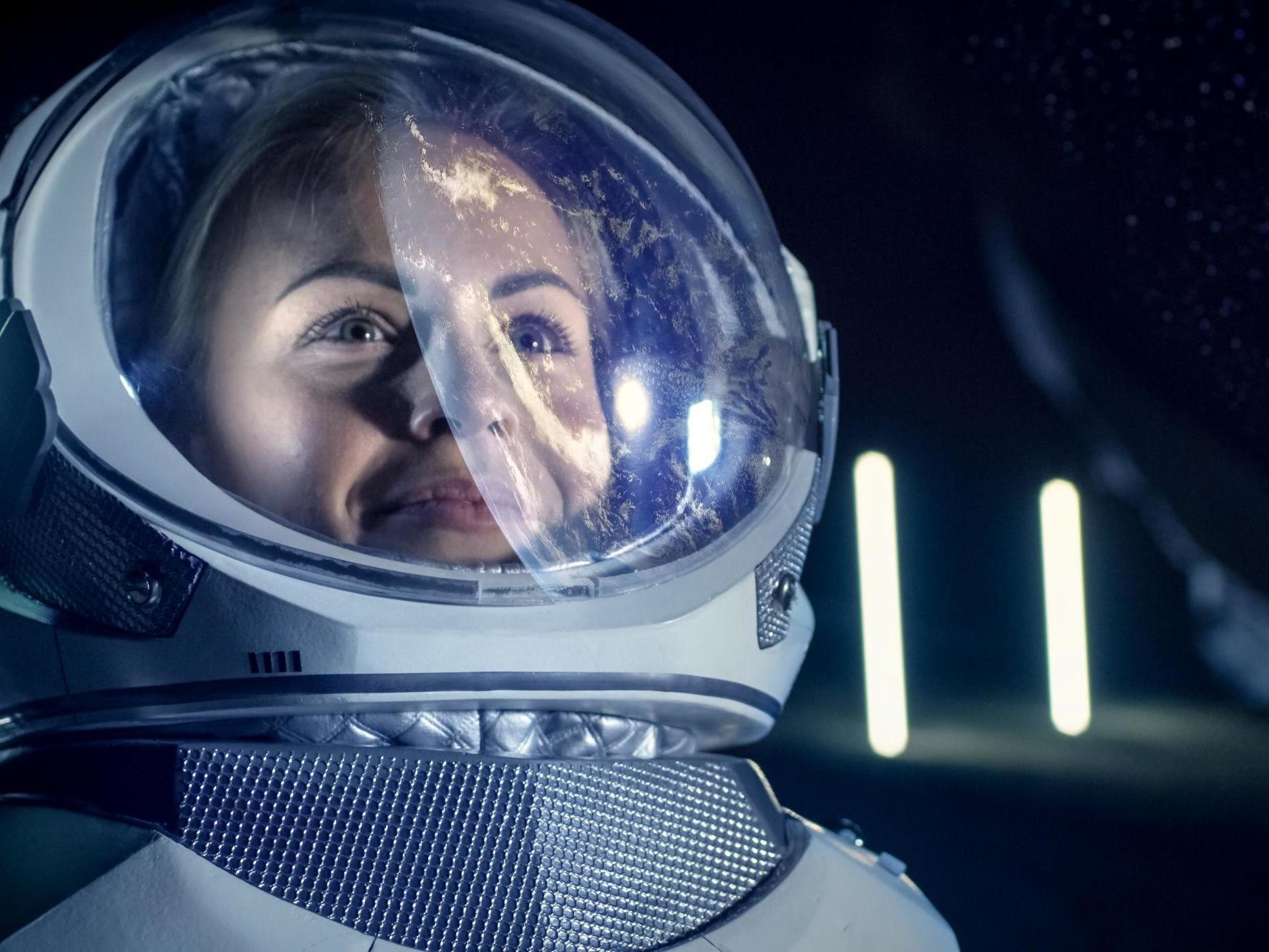NASA head commits to putting first woman on the moon by 2024
Misson faces financial and scientific challenges

Your support helps us to tell the story
From reproductive rights to climate change to Big Tech, The Independent is on the ground when the story is developing. Whether it's investigating the financials of Elon Musk's pro-Trump PAC or producing our latest documentary, 'The A Word', which shines a light on the American women fighting for reproductive rights, we know how important it is to parse out the facts from the messaging.
At such a critical moment in US history, we need reporters on the ground. Your donation allows us to keep sending journalists to speak to both sides of the story.
The Independent is trusted by Americans across the entire political spectrum. And unlike many other quality news outlets, we choose not to lock Americans out of our reporting and analysis with paywalls. We believe quality journalism should be available to everyone, paid for by those who can afford it.
Your support makes all the difference.A NASA official has reiterated the organisation’s commitment to put the first woman on the moon by 2024 during a celebration of women’s leadership.
Speaking at a NASA event dedicated to women’s leadership on Monday, NASA administrator, Jim Bridenstine referenced his daughter as a motivating factor in his ambition to make women on the moon a reality in the near future.
“I have an 11-year-old daughter. I want her to see herself as having all the opportunities I saw myself having when I grew up,” he said.
At present, just 12 of NASA’s active astronauts are women – less than a third. Funding shortages and scientific obstacles have raised doubts about whether NASA will be able to send anyone at all to the moon by the deadline, however.
Bridenstine estimates the project – named Artermis, after the Greek goddess of the moon – costs over the next five years as $20 to 30 billion – although this money is yet to be allocated.
The mission’s date was brought forward four years from 2028 in an effort to minimise the risk of political priorities around space travel changing.
“One of the challenges that we’ve had in history is the political risk that NASA accepts when programmes have long periods of time,” said Bridenstine.
US President Donald Trump’s position on the initiative is currently unknown.
In June, Mr Trump urged NASA to focus on “much bigger” missions than putting women on the moon, such as going to Mars.
Bridenstine highlighted the programme’s cross-party support, however.
Rep. Anna Eshoo, the Democratic congresswoman whose district includes the NASA Ames Research Centre at Moffett Field, has emphasised her “unwavering” support for the Artemis programme.
“I believe that Artemis is something that will captivate not only our attention but the attention of whoever the next president is,” she said.
“We are poised and ready and we’re going to celebrate the first woman landing on the moon in a handful of years.”
At the event, science and tech executives shared their experiences of working in the sector.
Testimonies included the challenge of being the only woman in the room and a meeting with a male executive who insisted his female staff wear skirts “because he was a leg guy.”
Join our commenting forum
Join thought-provoking conversations, follow other Independent readers and see their replies
Comments